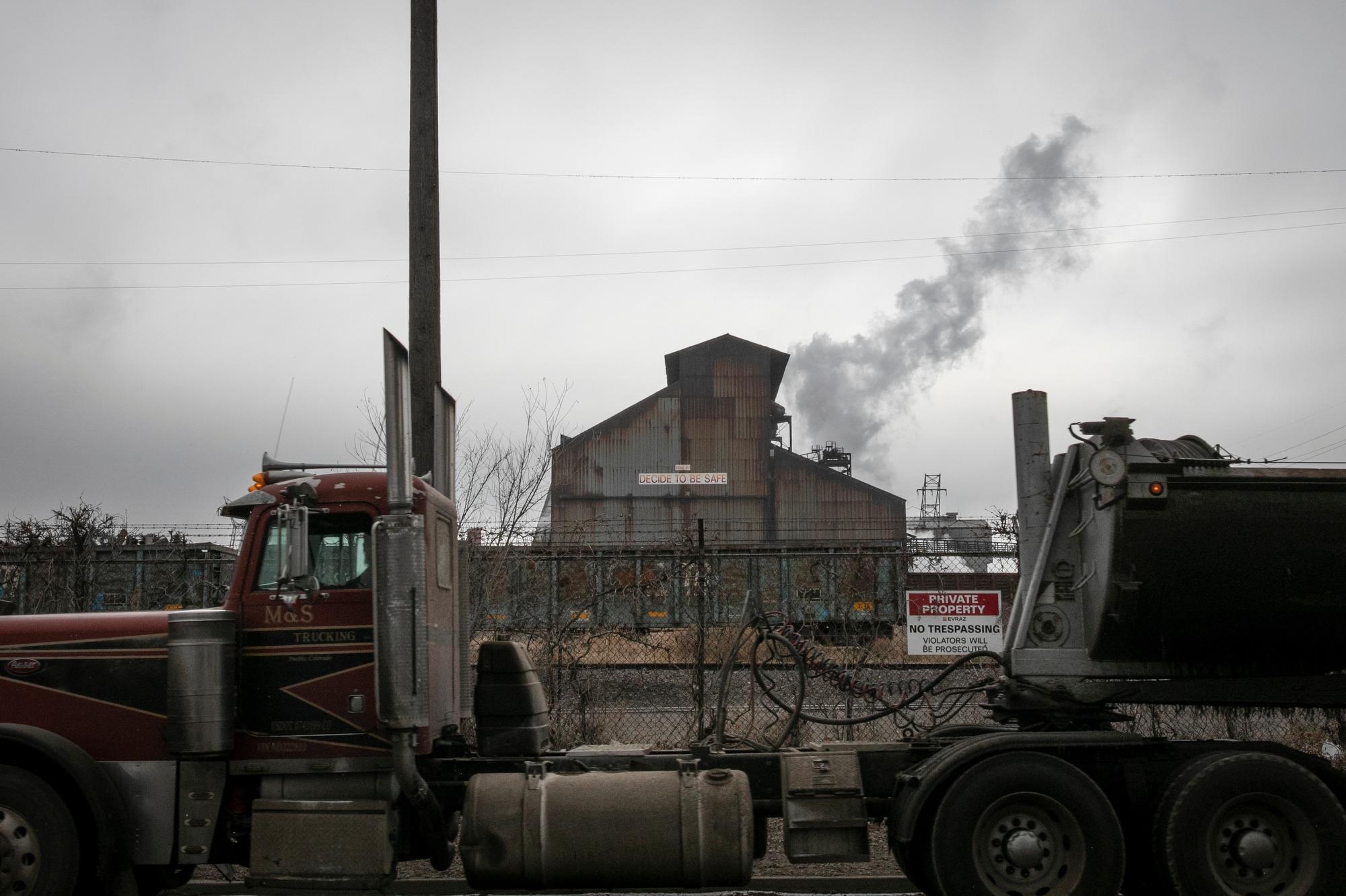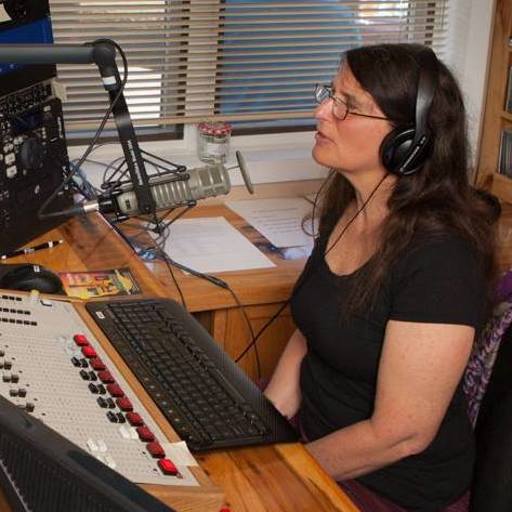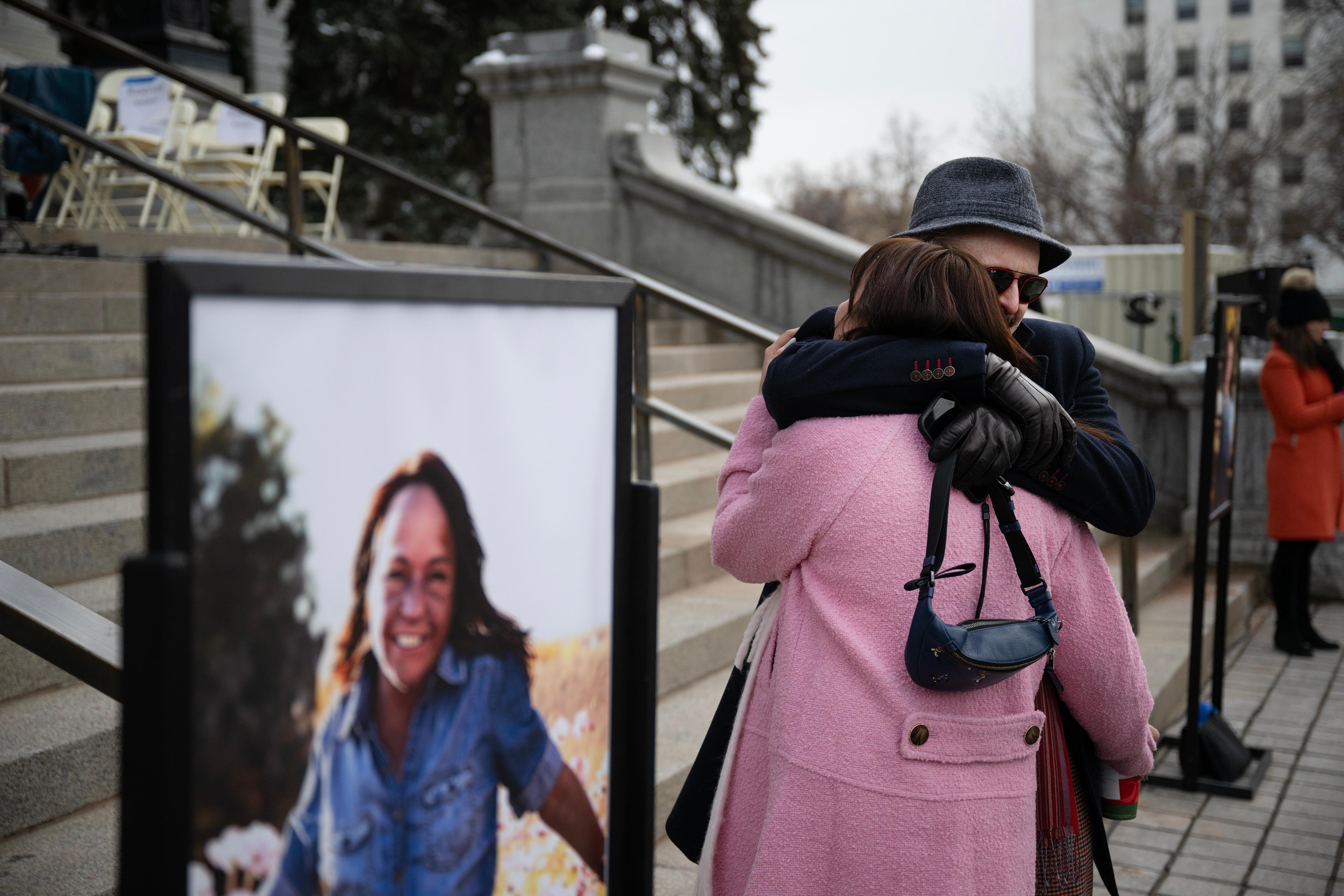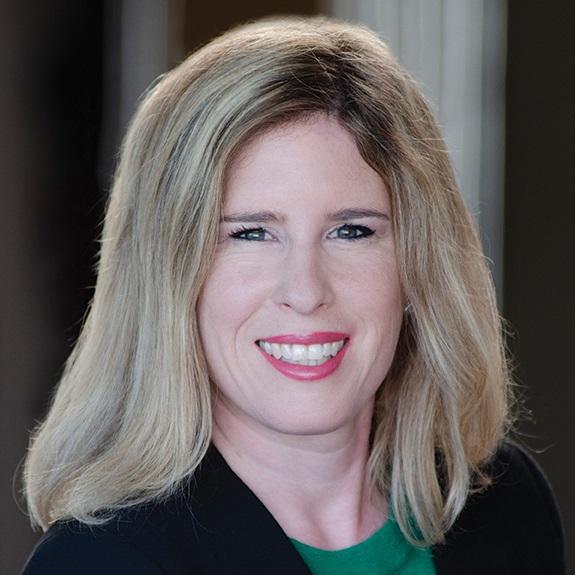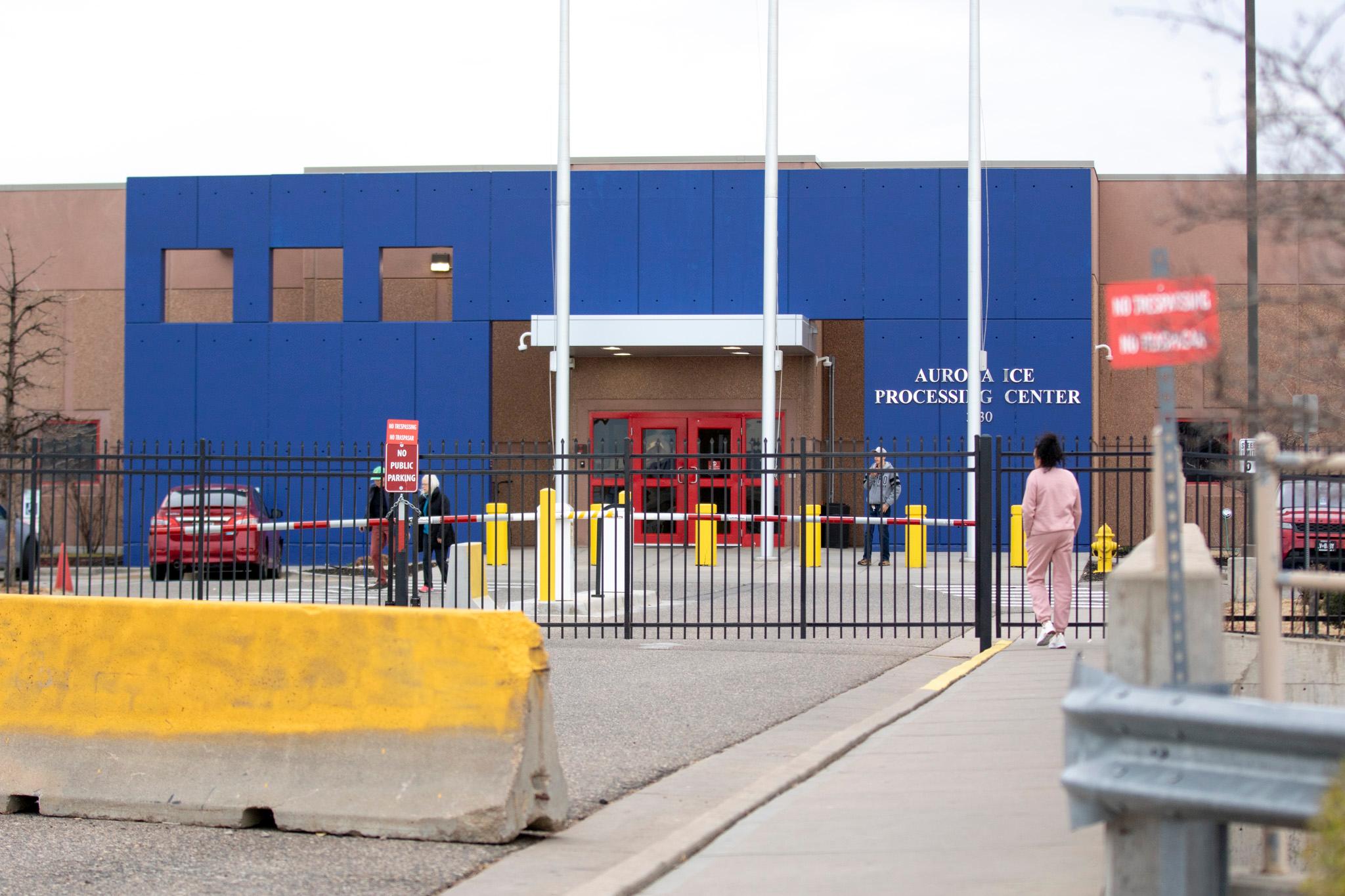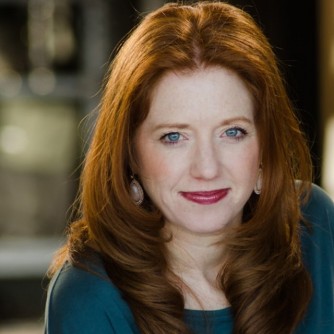It was mid-morning and many chairs beside the outpatient clinic were uncharacteristically vacant.
"I think people waited because of the rain," Dr. Jacklyn Adella says. It was late January, the height of the Indonesian monsoons, and even the relatively arid island of Sumba faced daily downpours.
Adella settled into a small, air-conditioned room at Waitabula's Karitas Hospital as her first patient entered: a 17-year-old, his foot, stitched from a recent motorbike injury, had become infected.
As a nurse squeezed pus from the wound, without anesthetic, the teen writhed. Under-resourced hospitals like Karitas use materials sparingly, including highly regulated painkillers.
Adella gave him two options: have the wound opened and cleaned that afternoon in the operating room (the better choice) or hope antibiotics alone would do the trick. He chose the latter. She made the less-expensive offer knowing he was paying out-of-pocket for treatment. It was a calculated risk because, if the antibiotics didn't work, he'd need another, more-costly visit.
As frustrating as it can be, working in Karitas is exposing Adella to the economic realities of rural Indonesia.
Aiming For A Single-Payer Plan
Since 2014, the world's fourth-largest country in population has attempted to provide universal health care for its quarter-billion citizens, who live across thousands of islands. "Jaminan Kesehatan Nasional" is the name of Indonesia's single-payer health-care program. It is administered by Badan Penyelenggara Jaminan Sosial, the social insurance administration that's referred to as "BPJS."
The government's goal of total enrollment by 2019 is looking overly optimistic. One researcher with the University of Indonesia, Teguh Dartanto, projects full enrollment by 2030.
For those who do enroll, the government takes five percent of their salary, with employers paying the majority of the insurance premium. The self-employed pay a fixed monthly premium. Anyone who can prove their poverty gets a free ride from the government.
Many of Adella's patients don't know about, or haven't bothered with, the lengthy BPJS enrollment. Some don't even have the necessary government ID cards. Traditional healers still command attention, health care isn't addressed until it's an emergency and, finally, many simply cannot afford the monthly fees even though they're only about $2 to $6.
"Before I came to Sumba, I only knew in theory that a lot of people in Indonesia can't afford health care," Adella said. "In Sumba, I see it firsthand."
Though Waitabula's airport is served by the national air carrier, Garuda Indonesia, it is still a small town with only one stoplight that doesn't appear to be turned on. If Adella wants to cook, she can buy vegetables, live chickens or fish at the roadside market that appears every evening by the stoplight. Corn fields surround the town; three miles from the hospital, subsistence fishermen live in seaside caves.
In January, the pediatric ward of Karitas was filled with children suffering from pneumonia, malaria and malnutrition.
Across the island, the nonprofit Sumba Foundation runs a small malnutrition program feeding 3,000 students per week, rotating a daily meal among 11 schools.
Program manager Rainy Octora says home life can be so dire for big families that students often bring younger siblings to school on meal days. In these large but poor families, older siblings assume parenting roles. With little food at home, the free meal may be the best food they eat all week.
Poverty isn't the only complication to health care. Indonesia is so geographically dispersed that seeing a specialist can require expensive travel to Denpasar or Jakarta. It is also culturally diverse, with more than 300 native languages.
"It strikes me how difficult it is to practice medicine here," Adella said. "It's because of the language — which is because of the lack of education. Some can't even speak Indonesian." So it can be hard to understand the patient or make sure the patient is aware of treatment options.
New Life For New Doctor
Adella is a recent medical school graduate participating in a year-long, government-funded internship. She grew up in Jakarta, a metropolis of more than 10 million, living with her parents through medical school.
"I've always wanted to work in a rural area because I wanted to know what it's like," Adella says.
She imagined Sumba to have "less reliable electricity and no access to clean water. Now I know the living conditions aren't so bad."
"But I know what it's like in the [more impoverished] areas," she says, speaking of clusters of thatched-roof houses spread across the island. "I also know people need doctors that will go to less-developed areas."
And, at 25, she's getting a feeling for independence.
"My parents are very protective," she says. "Here, in Sumba, I can make my own decisions. It's not a girls-gone-wild kind of thing; I don't go partying. It's Sumba. There's nothing to party with."
"It feels good to do my own thing," Adella continues. "My mom doesn't have to know 100 percent of it. After the hospital, I can go to the beach and enjoy nature. I've learned to ride a motor bike which, in Jakarta, I couldn't do."
Adella is also learning fiscal triage. Karitas Hospital has limited resources. Dr. Oka Wiryanatha, the hospital director and only surgeon, is consumed by keeping the hospital in the black.
"There is no profit for BPJS," he says. "It's a good program but it's in deficit. The government and hospitals are losing money."
A Money-Losing Proposition ... So Far
Since inception, the annual deficit has climbed. In 2017 the program lost $661 million, but the government refuses to raise premiums. Instead, the Finance Deputy Minister Mardiasmo said in December 2017 that a reallocation of tobacco excise taxes will help support BPJS.
Still, that leaves doctors on the ground struggling with late payments from BPJS or payments that don't cover costs. With the deficit so large, and the government expanding coverage to rural areas, it's questionable how much the tobacco tax will improve services.
"I try to do the minimum as long as I can treat the patient," Wiryanatha says, noting that as a d-class hospital, the lowest class, they lack specialists and many modern machines.
"Most other doctors don't really care how much BPJS will give back to the hospital," Adella says. "They give the patient the best treatment, even if it puts the hospital at a disadvantage."
"That's not bad. They're putting the patient first. Dr. Oka is trying to balance the two. He's faced with how much the hospital is earning and losing on a daily basis. There aren't many hospitals here. If the hospital can't sustain itself then a lot of people will lose medical care."
Wiryanatha juggles more than the bottom line. His family lives on Bali, an hour's flight away.
"The mayor of Southwest Sumba asked me to come here, but only temporarily, no more than three years," Wiryanatha says. That was 10 years ago.
"I can leave but there is no one to replace me," says Wiryanatha, who makes weekend trips home. "Who will come here?"
Maybe this is where Adella and her peers will change the system. She and eight others are the first internship rotation to Karitas Hospital.
"There aren't a lot of people who would go to these less-developed areas," Adella confesses. "Before I came to Sumba I wanted to serve them, but I didn't know if I could handle the living conditions. Now I've been here, I know I can."
But she's also become all too aware of the hurdles in the way of universal health care.
"The government has a lot to do," Adella says. "They will have to make a lot of sacrifices until they manage to improve most sectors impacting the quality of life — economic, financial, social and education. Only then will they have a significant impact on the health of people."
Tim Matsui is a visual journalist and filmmaker based in Seattle who covers food systems and nutrition and health care. He directed The Long Night, a documentary on human trafficking.
9(MDEyMDcxNjYwMDEzNzc2MTQzNDNiY2I3ZA004))
